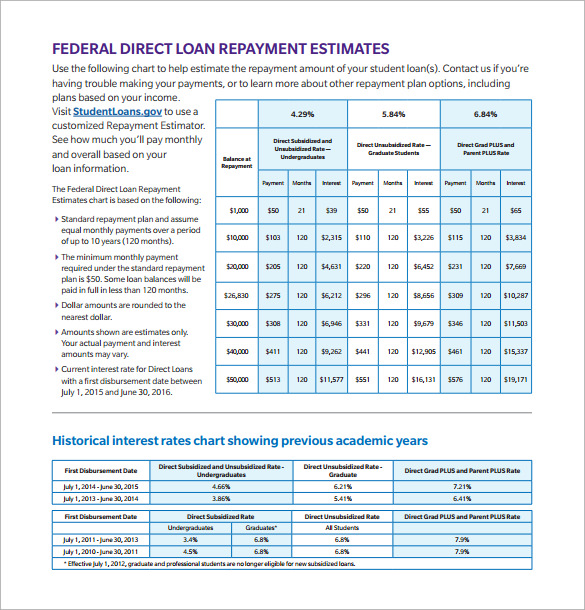Table of Content
The Federal Housing Administration increased the Home Equity Conversion Mortgage loan limits to $1,089,300 in 2023. This substantial increase—up from $970,800 in 2022—marks the first time in history that reverse mortgage limits surpass $1 million. Ideally, it is better to get started with your mortgage calculations before you even find a home. As long as you know how much you can make as a down payment, your monthly salary and expenses, and your loan term, you can go ahead to begin punching those numbers. Rate applies for new loans when you borrow up to 60% of the property value with a principal and interest repayment variable rate loan. Code errors or delays with updating the calculator may cause your result to be inaccurate.

MortgageRight today to get started with your loan pre-approval. We can help you explore all your mortgage lending options, figure out how much you can afford to borrow, and lock in the best mortgage rate based on your qualification standards. Lenders will consider any credit cards to be drawn to their full limit even if you have never exceeded the allocated credit limit or found yourself behind repayments. For example, if you have one credit card with a $10,000 limit and another with a $3,000 limit, the lender will write down a $13,000 debt against you.
Calculate your home loan repayments
This calculator will also help to determine how different interest rates and levels of personal income can have an effect on how much of a mortgage you can afford. The mortgage you qualify for varies according to your present circumstances. The two main factors that are typically considered in determining how much mortgage you qualify for are your monthly income and your monthly expenses. The Maximum Mortgage Calculator uses your current financial situation to calculate the maximum monthly mortgage payment that you can afford. The Moreira Team’s online mortgage calculator can help you get a basic idea of your home loan potential.

If the loan term is shortened, this will decrease the amount of interest you will be charged over the entire life of the loan. This means your monthly repayments will predominantly pay down the principal amount of the loan, however the monthly repayments will be substantially higher as a result. Lastly you’ll need to fill in the details of your loan including the interest rate and the loan term.
How much can I borrow?
However, it is ultimately a very good idea to get pre-approved for your mortgage loan before you start your home search. This is the best way to figure out how much house you can afford. A mortgage pre-approval essentially goes through all the standard loan application and financial review procedures.
If you are making interest only repayments then enter the interest only period in years. If you are making normal principal and interest repayments then enter 0. Enter the rent that your tenant pays each week, not the rent you receive after agents fees are deducted. If you are are buying an investment property then don\'t forget to add the rental income for the property that you are buying. The Federal Government guarantees up to 15 per cent of the deposit to help first-timers to become homeowners.
Are you overstretching your finances for your home loan?
Banks and lenders are ultimately trying to assess you as a credit risk. If your expenses outweigh your income, regardless of how much you earn, then the lender perceives you as ‘high risk’. It’s important to note the calculator assumes a fixed rate for the entire life of the loan. The calculator also doesn't factor in interest rate fluctuations. A step-by-step guide to help you refinance, whether it’s for an existing CommBank home loan or to switch from another financial institution.
All mortgage loans are amortized in such a way that earlier payments will include more interest than principal. Over the 30 years of the mortgage loan, you will gradually pay down the principal along with the interest, taxes, insurance and any other fees. The general rule of thumb with mortgages is that you can borrow a mortgage that costs up to two and a half (2.5) times your annual gross income.
Monthly income:
The Borrowing Power Calculator calculates the maximum loan amount available based on the income and expenses entered. Your credit score plays a crucial role in the type of mortgage that you will be eligible for. This is because that score is what is used to predict how likely you are to repay your new mortgage loan. Your monthly housing expenses from the housing expenses worksheet. The items entered as housing expenses make up the taxes and insurance portion of your monthly PITI payment. FHA calculators help you determine how much you can afford to safely borrow in order to finance or refinance your home.
Although it will mean repaying more in total over the course of your loan, the lower monthly repayments could help you to afford more than your initial result suggests. The calculations are based on a principal and interest repayment type only for a Basic Home Loan. Principal and interest repayments are calculated based on the loan term, interest rate and loan limit. Lenders typically calculate your repayments using an assessment rate – which, as of November 2021, is usually 3% higher than the actual rate on your home loan. This ensures that you can still afford the loan if interest rates increase. The assessment rate can vary depending on if the loan is for a new home buyer or a refinance and on the loan product chosen.
If you have an investment loan with negative gearing benefits then the discrepancies may be even larger. Some banks calculate negative gearing benefits using the same method as the tax office but some use a more conservative method. Some banks have errors in the tax rates that they are using. They are usually very minor errors; however, we’ve copied those errors into our calculator so that we get the same results as the banks. Lenders will assess your taxable and tax-free income to calculate your borrowing power. To make it even easier for you to use and understand our calculator, here is more information about some of the details you must enter to see your borrowing power.

However, you can also change your situation to improve your borrowing capacity. ’ calculator doesn’t take all of these lenders into account, it does compare three of the top lenders. The amount that you can borrow can vary significantly among different lenders. Under tighter serviceability rules, your bank may assess your borrowing power at 6.00% or even higher. In the past, your serviceability was assessed at the actual repayments you would pay every fortnight or month.
A mortgage loan pre-approval can also help you lock in the lowest possible mortgage rate based on market timing. In many cases, home buyers qualify for a higher loan total than they might actually want to borrow. This is why it’s important to ask for monthly payment estimates as that is often your best barometer for affordability. Let’s say you qualify for a mortgage loan up to $450,000. However, the actual loan payments for that amount are well beyond what you can afford to pay each month. You may find yourself looking closer to the $350,000 range, where the payments are much more within your reach.

Your credit score has more of an impact on the pricing of your loan than how much you qualify for. The calculator uses unrounded repayments to obtain the amount of interest payable at points over the loan term. Most lenders will want the majority of your home loan deposit to be made up of ‘genuine savings’ which is income earned from your job. While you can get a loan with as little as 5 per cent deposit, it’s definitely not the most advisable way to enter the home loan market. Banks view people with low deposits as ‘high risk’ and often charge higher interest rates as a precaution. The smaller your deposit, the more you’ll also have to pay in LMI as it works on a sliding scale dependent on your deposit size.


No comments:
Post a Comment